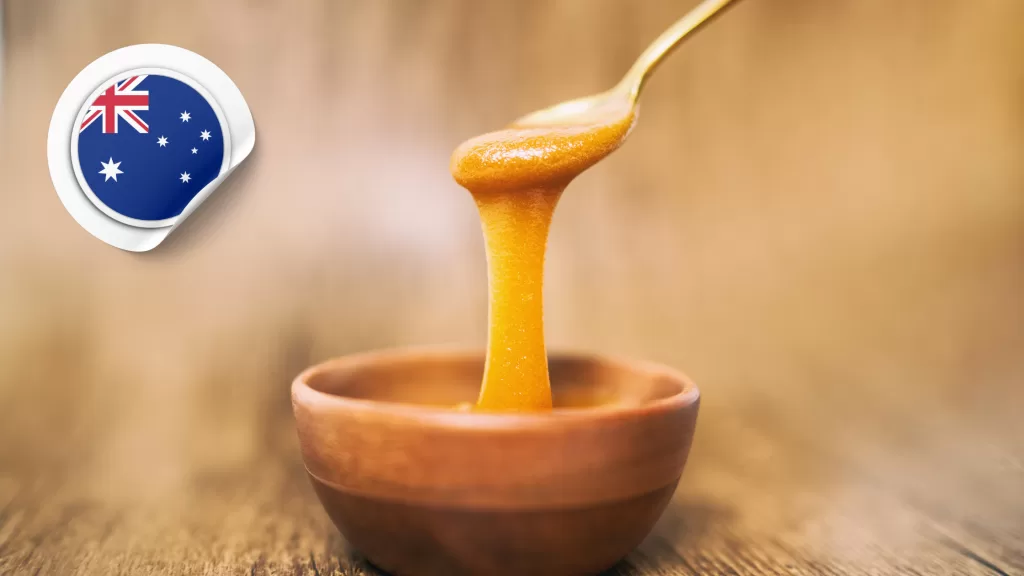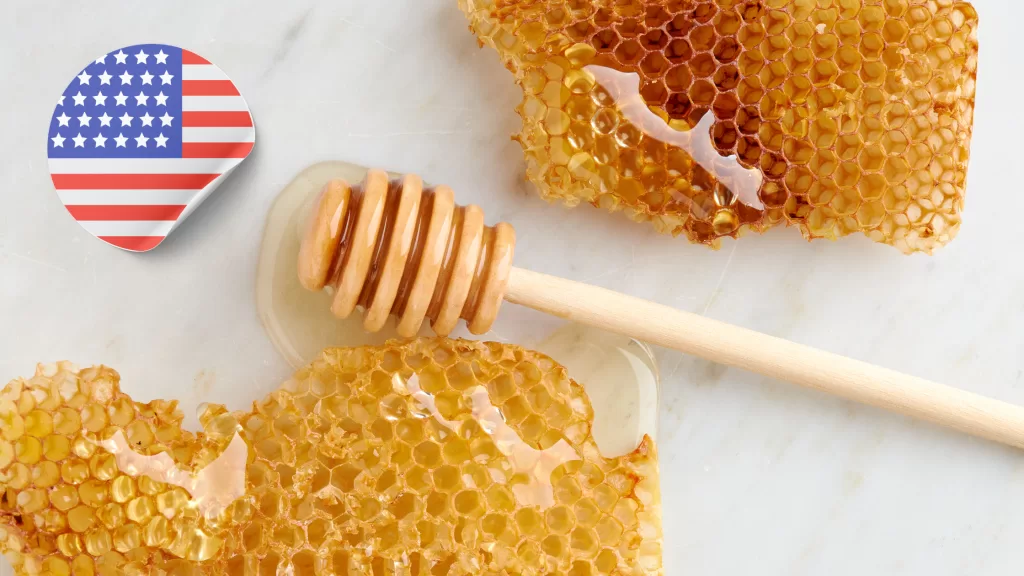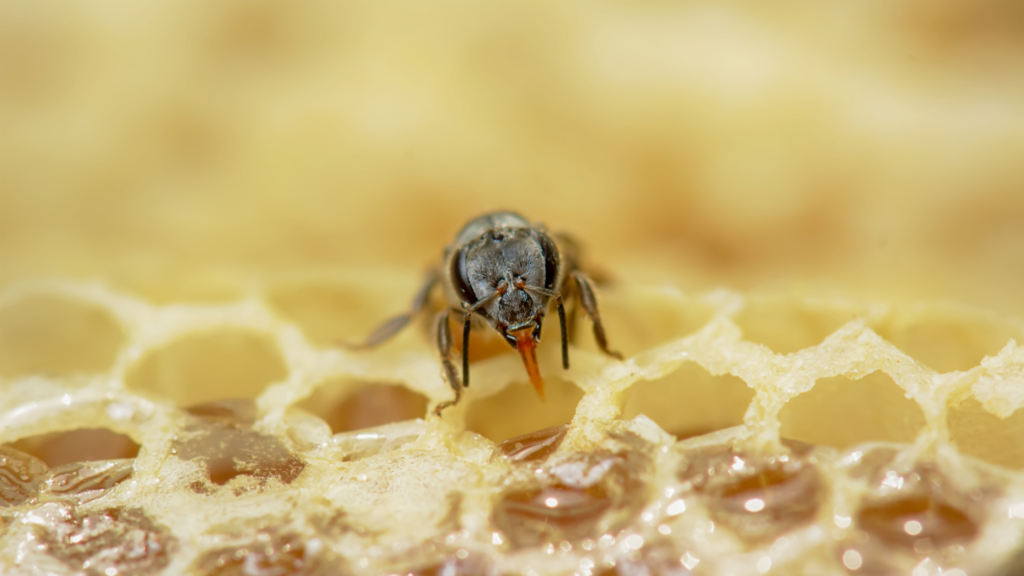Creamed Honey
Creamed Honey: The Silky Smooth Delight
Creamed honey, also known as whipped honey or spun honey, is a luxurious and velvety form of honey that delights the senses. With its smooth texture, creamy consistency, and delectable taste, creamed honey offers a unique twist on the traditional liquid honey. In this article, we will explore everything you need to know about creamed honey, from its production process to its uses and benefits.
Creamed Honey:
Creamed honey is created by controlling the crystallization process of liquid honey. The process starts by selecting a batch of high-quality liquid honey with a fine texture. A small amount of already crystallized honey, known as seed honey, is added to the liquid honey. The mixture is gently stirred or whipped, incorporating air into the honey and evenly distributing the fine crystals throughout the batch. This results in a smooth and spreadable consistency.
Creamed honey stands out for its unique texture and consistency. It has a creamy and velvety texture, similar to butter or soft icing. The texture is achieved through the controlled crystallization, which gives it a fine and smooth graininess. Creamed honey is easy to spread and does not drip like liquid honey, making it a convenient choice for various culinary applications.
Creamed honey inherits the flavor profile of the original liquid honey used in its production. It captures the natural essence of the flowers and plants visited by the honeybees. Therefore, you can find creamed honey in a wide range of flavors, from floral and fruity to herbal and robust. Some common varieties include clover creamed honey, wildflower creamed honey, and lavender creamed honey, each with its unique taste profile.
Creamed honey is a versatile ingredient that can be used in various culinary creations. Here are a few ways to enjoy creamed honey:
- Spreading: Creamed honey is perfect for spreading on toast, muffins, bagels, and other baked goods. Its smooth and spreadable consistency makes it a delightful and mess-free option for a sweet and flavorful breakfast or snack.
- Topping: Use creamed honey as a topping for pancakes, waffles, yogurt, or ice cream. Its creamy texture adds a luxurious touch to these dishes while imparting a natural sweetness.
- Baking: Incorporate creamed honey into your favorite baking recipes, such as cakes, cookies, and bread. It adds moisture, richness, and a unique flavor dimension to your baked goods.
- Pairings: Creamed honey can be paired with various ingredients to create delicious combinations. Spread it on crackers with cheese, mix it into nut butter, or use it as a glaze for roasted meats or vegetables.
Creamed honey has a longer shelf life compared to liquid honey due to its controlled crystallization. Properly stored creamed honey can last for several months to a year. It is important to keep creamed honey in a cool, dry place, away from direct sunlight. Ensure the container is tightly sealed to prevent moisture absorption, which can affect the texture and quality of the honey.
Like all forms of honey, creamed honey offers several health benefits:
- Nutritional Content: Creamed honey contains natural sugars, vitamins, minerals, and antioxidants. While the exact nutritional content may vary depending on the floral source, creamed honey can contribute to overall nutrient intake.
- Energy Source: The natural sugars in creamed honey provide a quick and sustained source of energy, making it a popular choice among athletes or those needing an energy boost.
- Soothing Properties: Creamed honey can be used to soothe sore throats and coughs. Its smooth texture and natural compounds can provide relief and comfort.
Creamed honey provides a delightful and luxurious honey experience with its smooth texture, creamy consistency, and diverse flavor profiles. Whether spread on toast, used as a topping, or incorporated into baking recipes, creamed honey adds a touch of elegance and sweetness to your culinary creations. Enjoy the velvety goodness of creamed honey and explore the wide range of flavors available to indulge your taste buds.
More From The Hive:

A Comprehensive Guide to Australian Honey: Types, Production, and Benefits
Australia is home to some of the world’s finest honey, known for its unique flavors, exceptional quality, and health benefits. Thanks to its diverse flora and pristine natural environment, Australia produces honey that reflects the rich biodiversity of its landscapes. Whether it’s the famous Manuka honey from the Leptospermum trees

An In-Depth Guide to Honey in the United States of America (USA): Types, Production, and Benefits
Honey, one of nature’s sweetest treasures, has been an integral part of human diets and cultures for thousands of years. In the United States of America (USA), honey production is not only a thriving industry but also a testament to the country’s diverse ecosystems. From the tropical blossoms of Florida

The Small Honey Bee (Apis florea): A Comprehensive Guide to One of Nature’s Tiny Pollinators
The Small Honey Bee, scientifically known as Apis florea, is one of the lesser-known species of honey bees, yet it plays a vital role in the ecosystems of Asia and parts of the Middle East. Despite its size, the Apis florea bee is a remarkable pollinator, and its unique biology

Exploring the Sweet Diversity of Canadian Honey: A Guide to Types and Flavors
Canada is home to a rich tapestry of landscapes and climates, each contributing to the unique flavors and types of honey produced across the country. From the prairies of Alberta to the forests of British Columbia, Canadian honey reflects the diverse flora that bees visit. In this blog, we will

The Rock Honey Bee (Apis laboriosa): Guardians of the Himalayan Honey
The Rock Honey Bee (Apis laboriosa) is an awe-inspiring species that thrives in the rugged landscapes of the Himalayas, where it builds massive nests on vertical cliffs. Known for producing highly prized wild honey and for its ability to endure extreme mountain conditions, this bee species has captivated researchers, beekeepers,

The Giant Honey Bee (Apis dorsata): Nature’s Fearless Honey Maker
The Giant Honey Bee, scientifically known as Apis dorsata, is a remarkable species native to South and Southeast Asia. Known for its impressive size, bold temperament, and incredible honey-producing capabilities, this bee plays a crucial role in the ecosystem and supports human livelihoods. Despite its importance, the Giant Honey Bee
